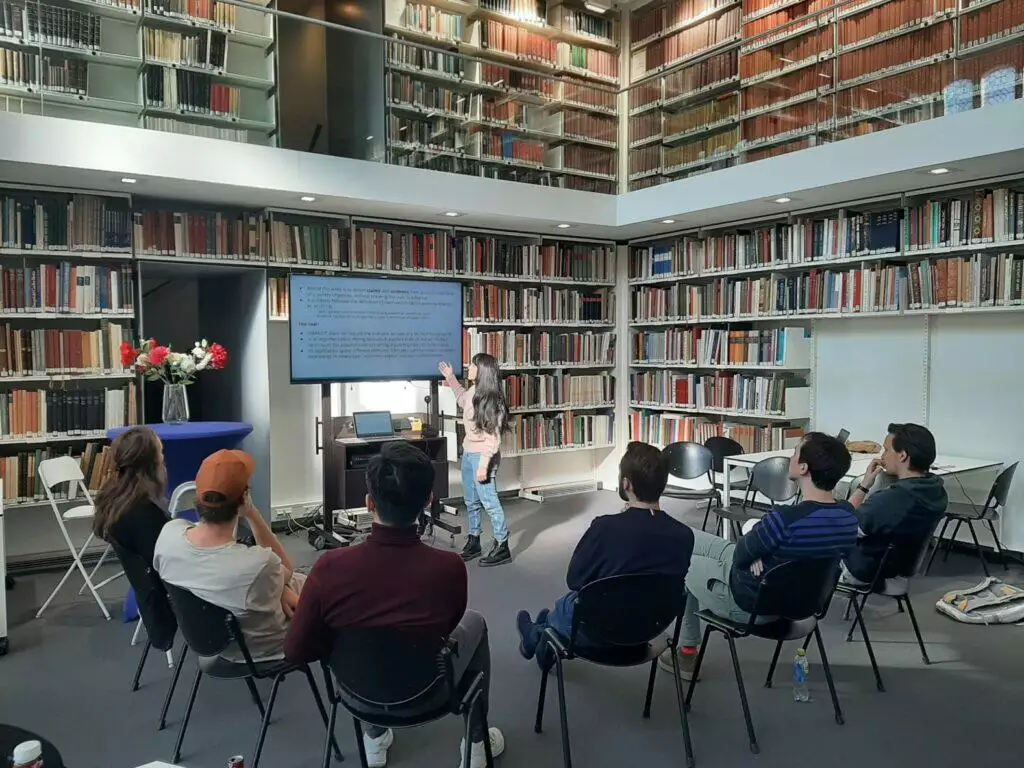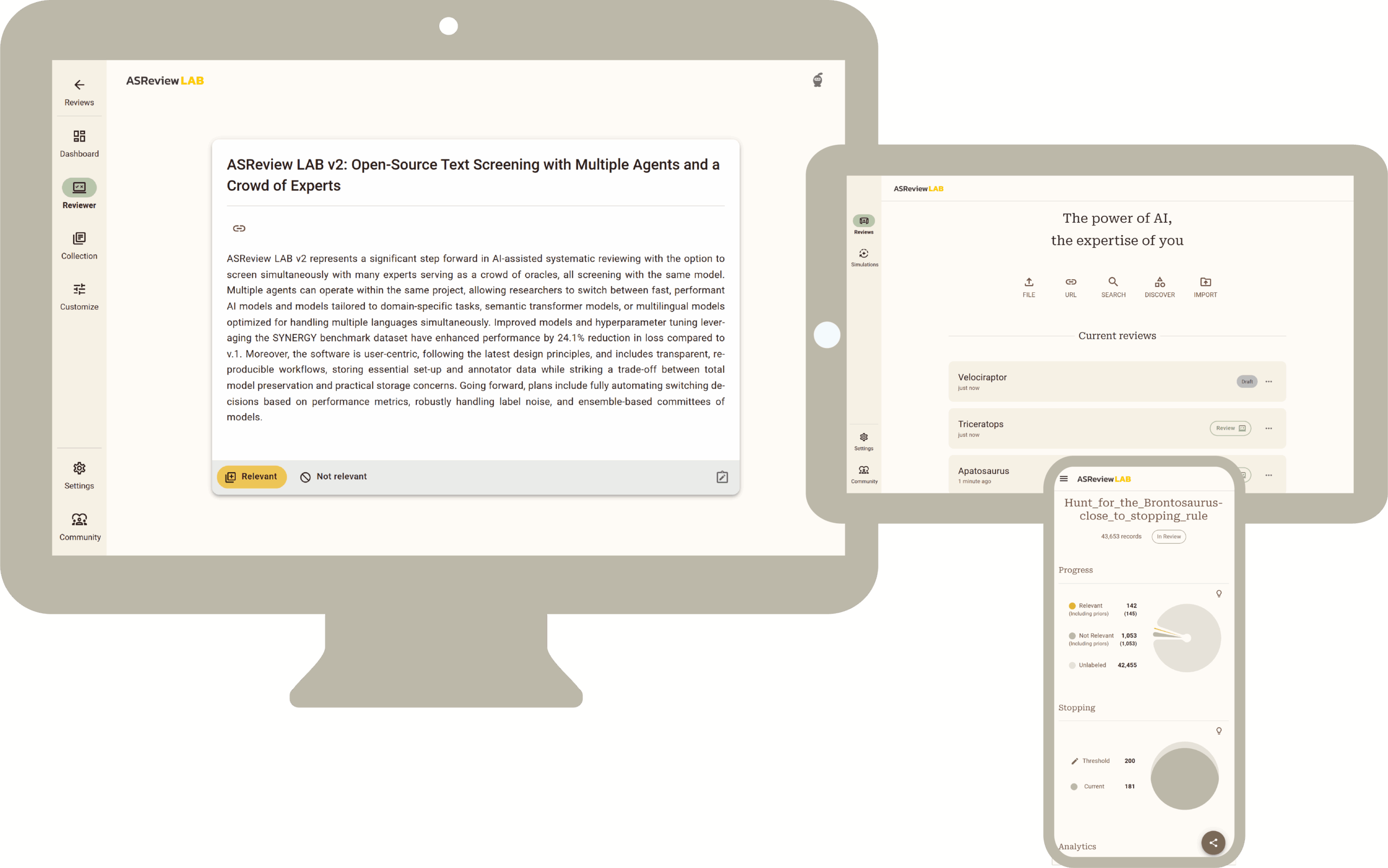
“ASReview accelerates a year of work into just two weeks.”
The Financial Daily
![]()
Open-source AI for seamless screening
Experience systematic, reliable, and rapid AI-screening for informed decision-making.
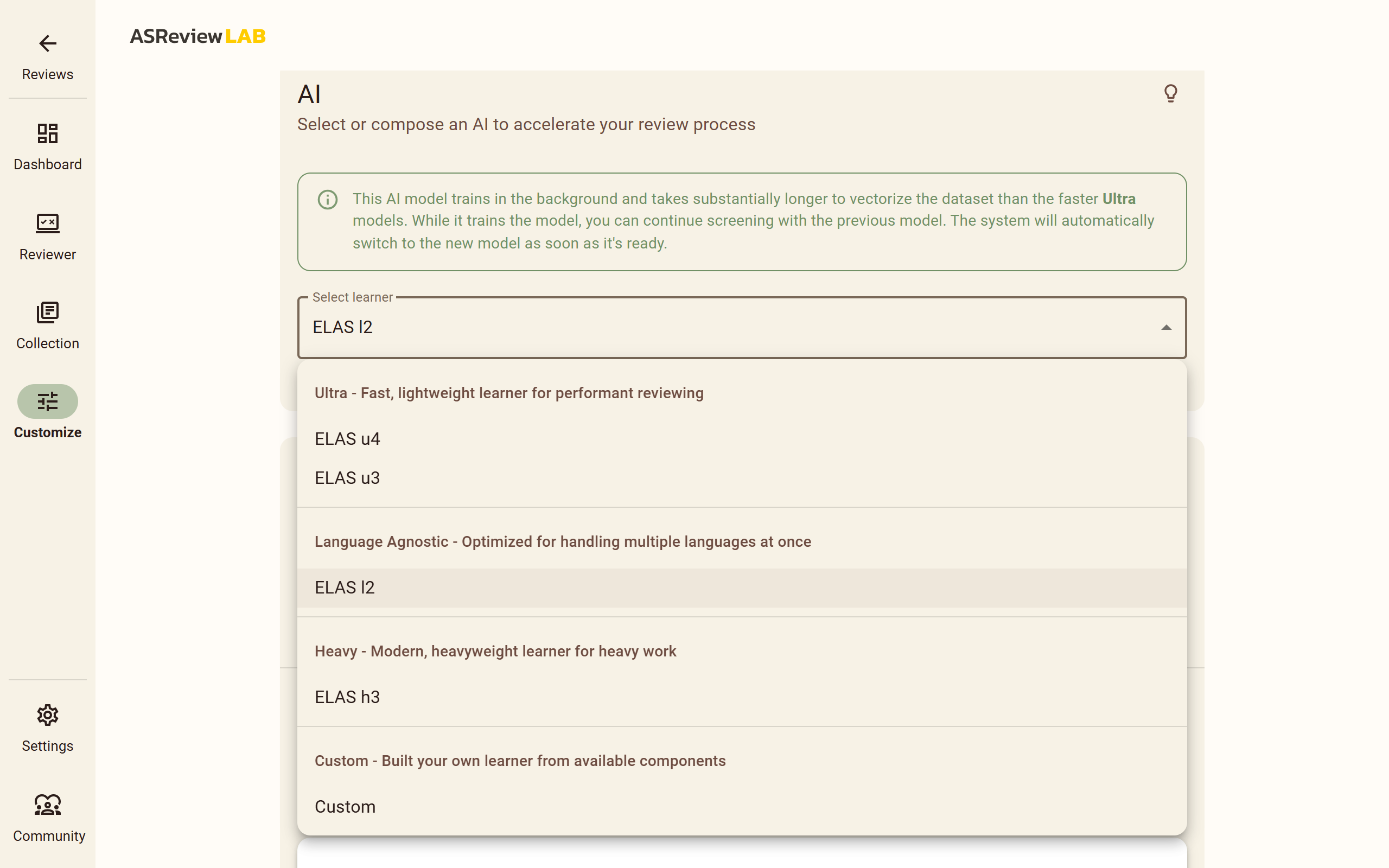
Get all the relevant texts
Sift out the essentials in large-scale text screening and reduce your workload by 95%.
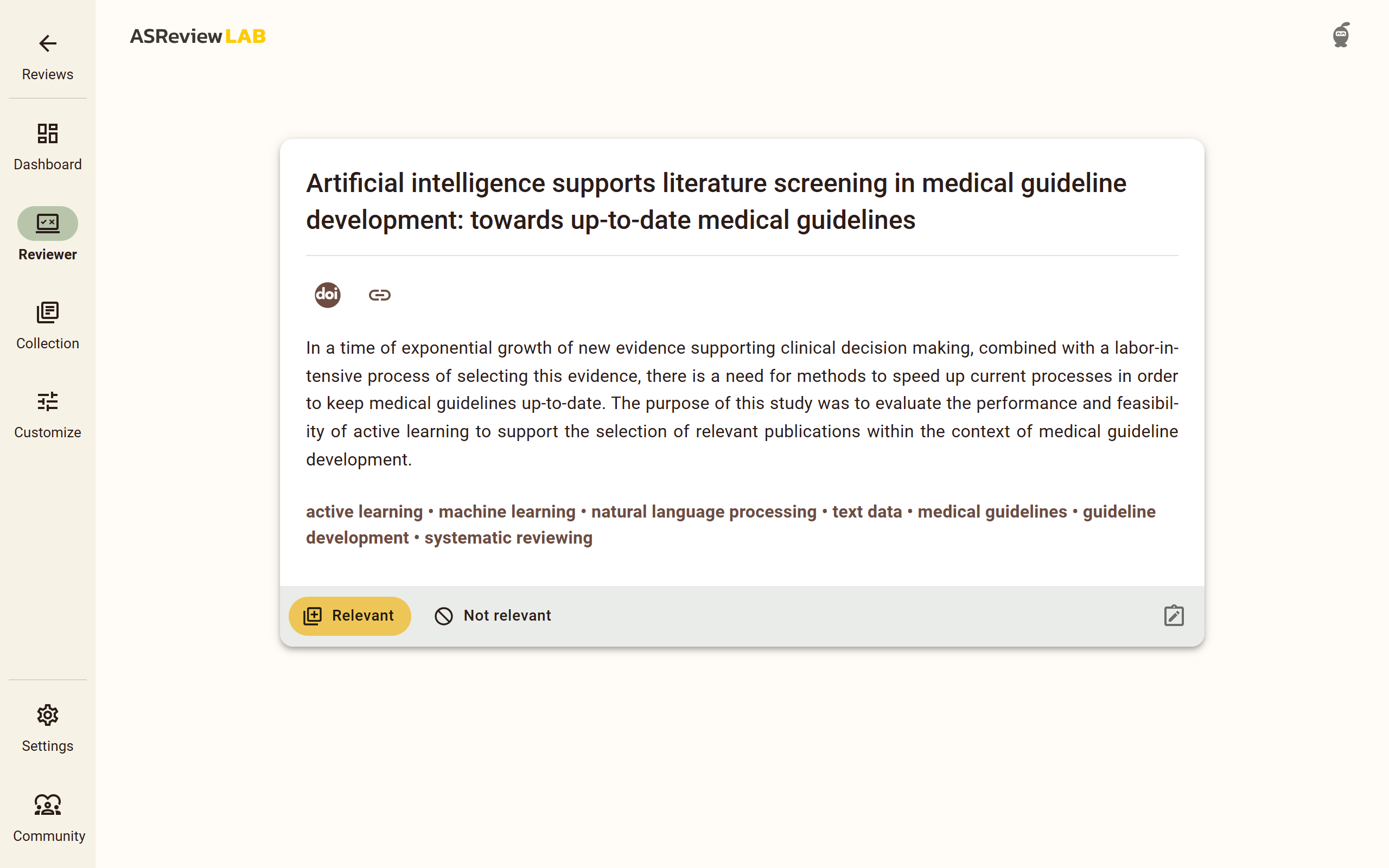
Test and compare performance to optimize your workflow
Simulate AI-aided reviewing to test performance and find the model that works best for you.
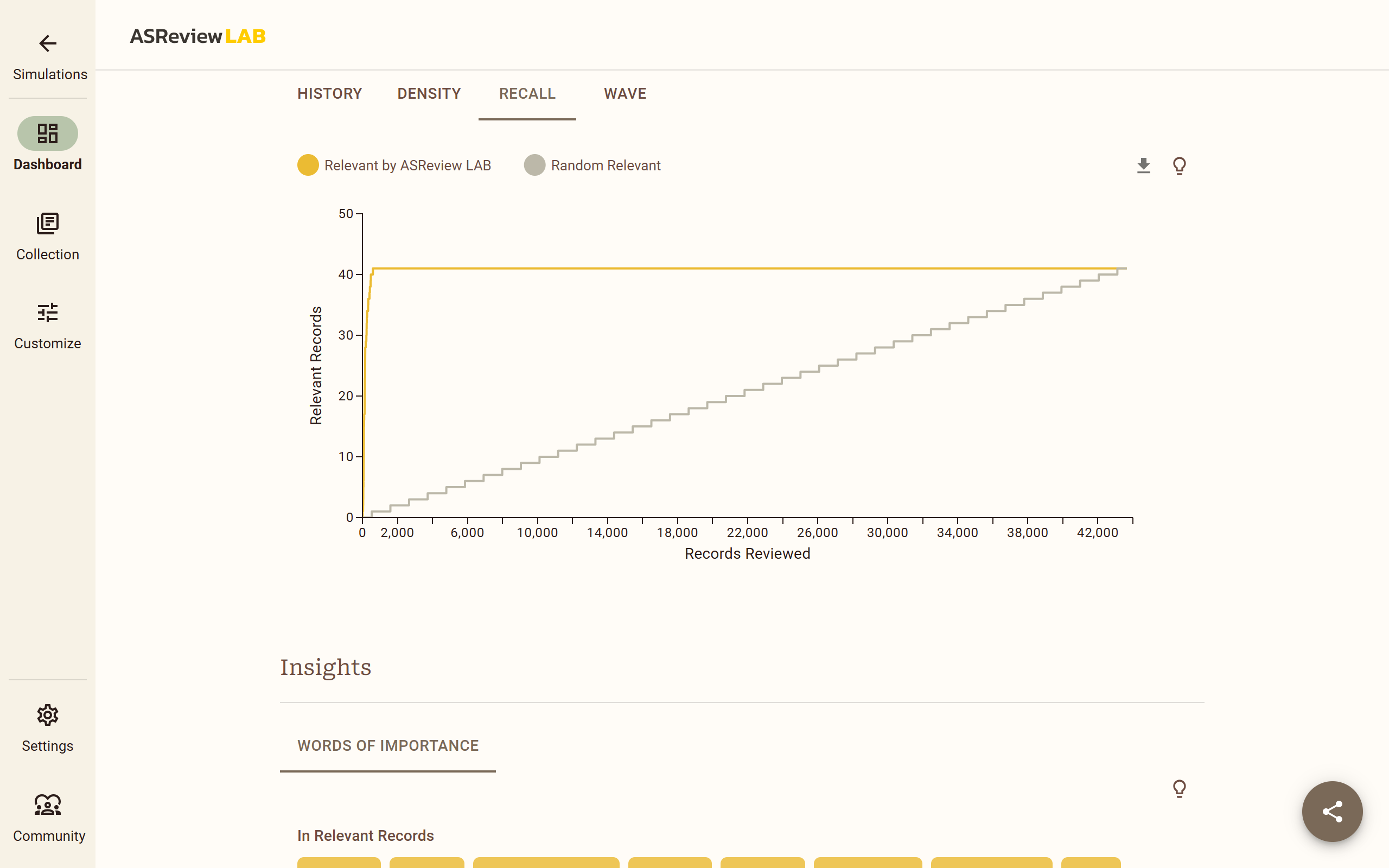
Let AI agents propose records to a “crowd” of experts
Harness the power of parallel screening to finish faster — together.

Screen smarter, be efficient
We care for your data
Trusted by universities, governments and institutions world-wide.
Fully open-source
Complete transparency with code you can trust and verify.
You are in control
AI compliant
Aligned with the latest AI regulations for responsible usage.
GDPR compliant
Built to meet strict privacy standards for data protection.
No tracking cookies
Security updates
Continuous updates to ensure top-tier protection and security.
Trusted by the top-notch organisations
Powering universities, guideline institutes, policy institutes and industries from all over the world in their work and careers.
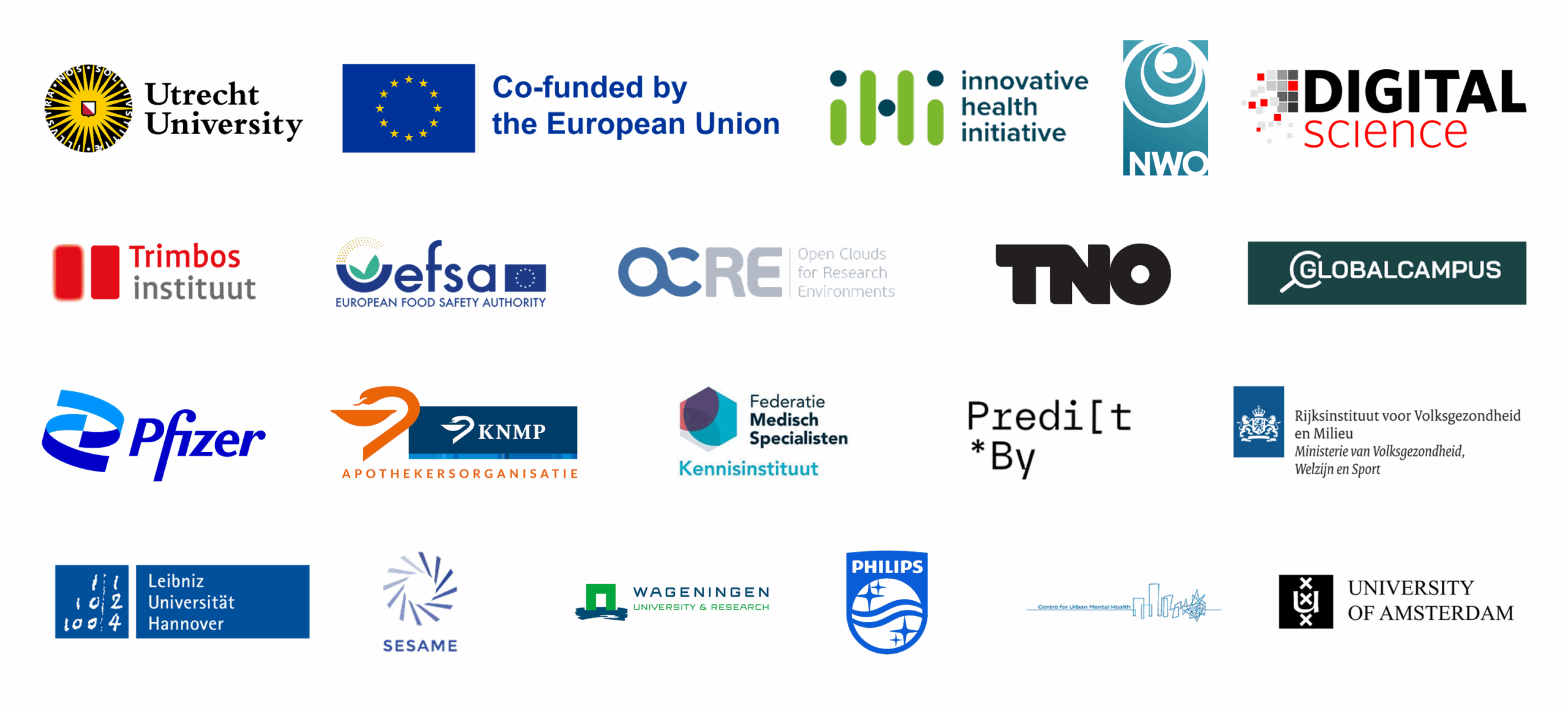
Our community
Join the movement towards fast, open, and transparent systematic reviews.

638.000 +
Installations
100 +
Organizations
741 +
GitHub stars
Write code with us!
Contribute to open-source innovation! Help us develop powerful tools for accelerating systematic reviews, collaborate with a passionate community, and make an impact on research worldwide. Whether you’re a student or expert, your code can make a difference.
Join our events
Be part of our vibrant community! Join weekly stand-ups every Thursday at 11 AM, take part in recurring user meetings or other special events. Connect with researchers, developers, and experts, share insights, and stay updated on cutting-edge research tools.
Additional software
Extend ASReview LAB with the additional software suits.
Datasets >>
Datatools >>
Docker >>
DORY >>
Insights >>
Makita >>
Server & cloud >>
Templates >>
Donations
Help us by donating to support ASReview in advancing research, improving tools, and accelerating systematic reviews.
Get started
Discover how ASReview helps you to organize and execute your studies.
Subscribe to our newsletter!
Stay on top of ASReview’s developments by subscribing to the newsletter.


